Controlled Damage
The chemical solution creates a controlled wound that breaks down the chemical bonds between skin cells, leading to the skin peeling or flaking away.
860-479-2303
The chemical solution creates a controlled wound that breaks down the chemical bonds between skin cells, leading to the skin peeling or flaking away.
The new skin formed appears smoother and more radiant, with a reduction in lines and wrinkles.

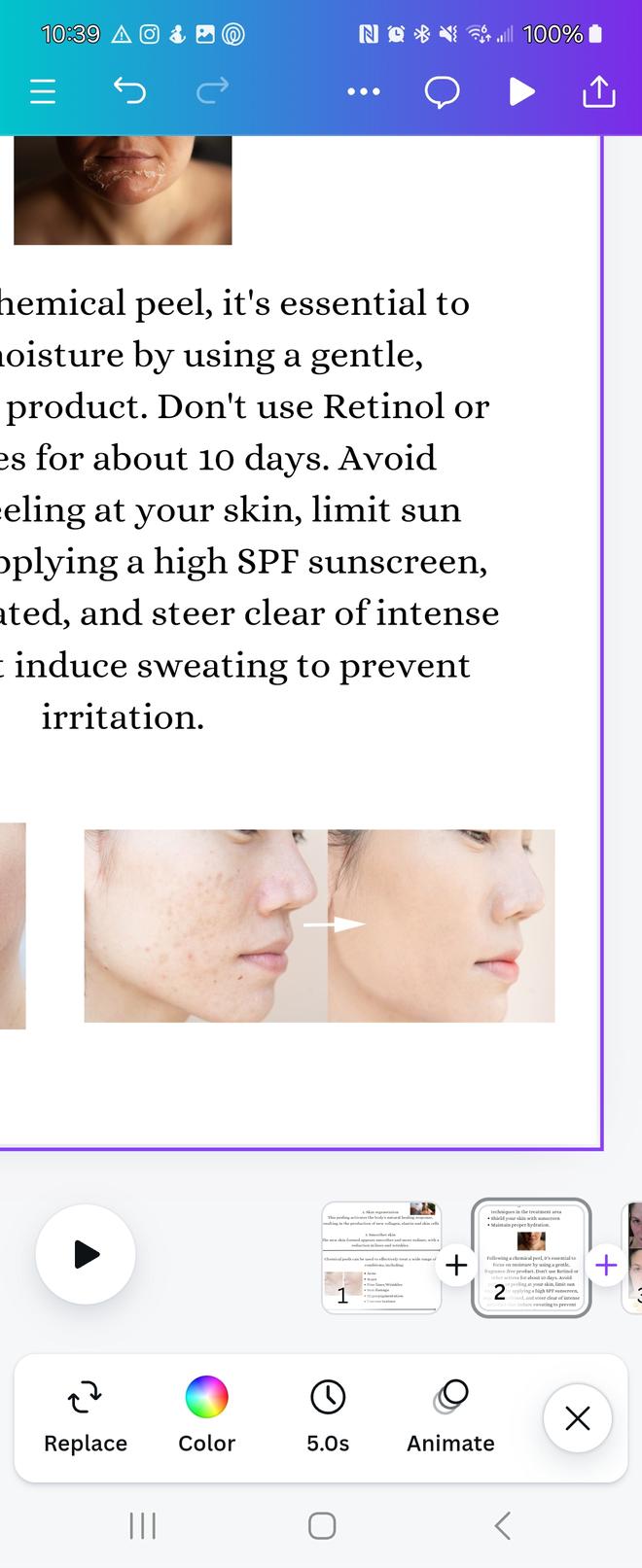
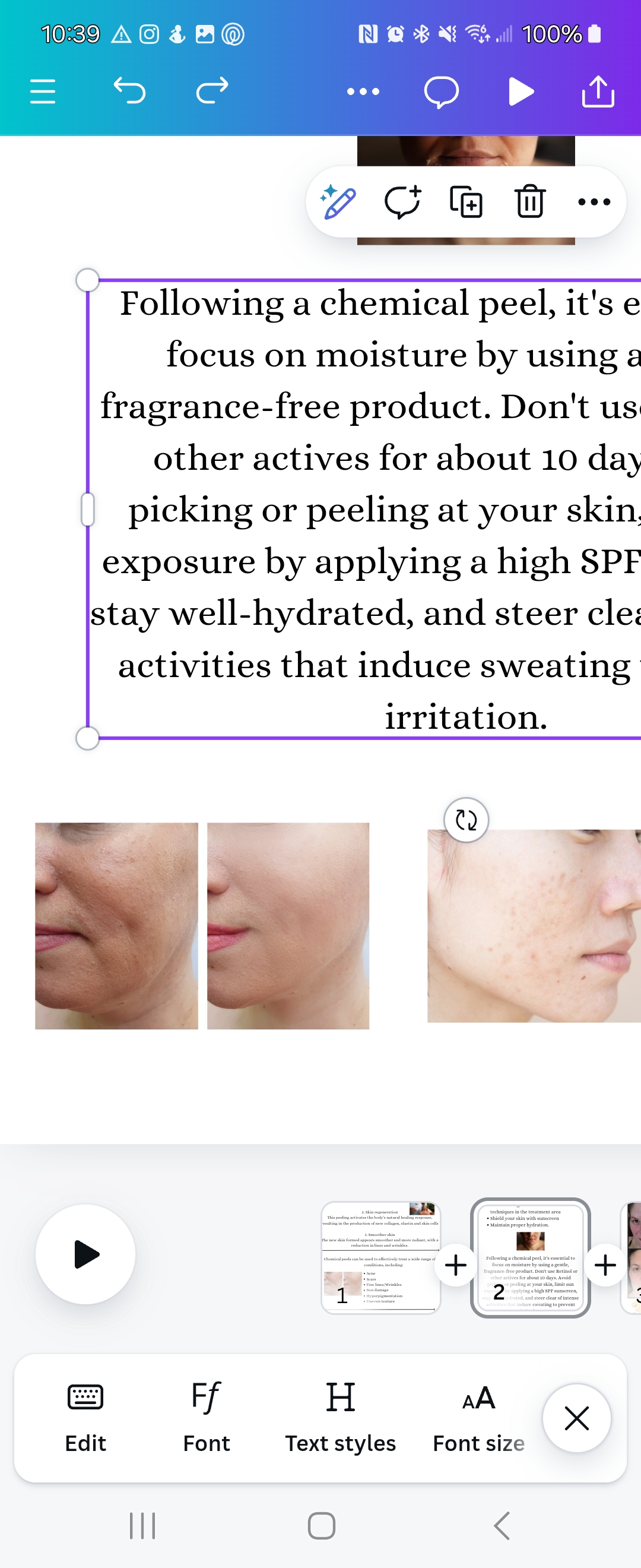


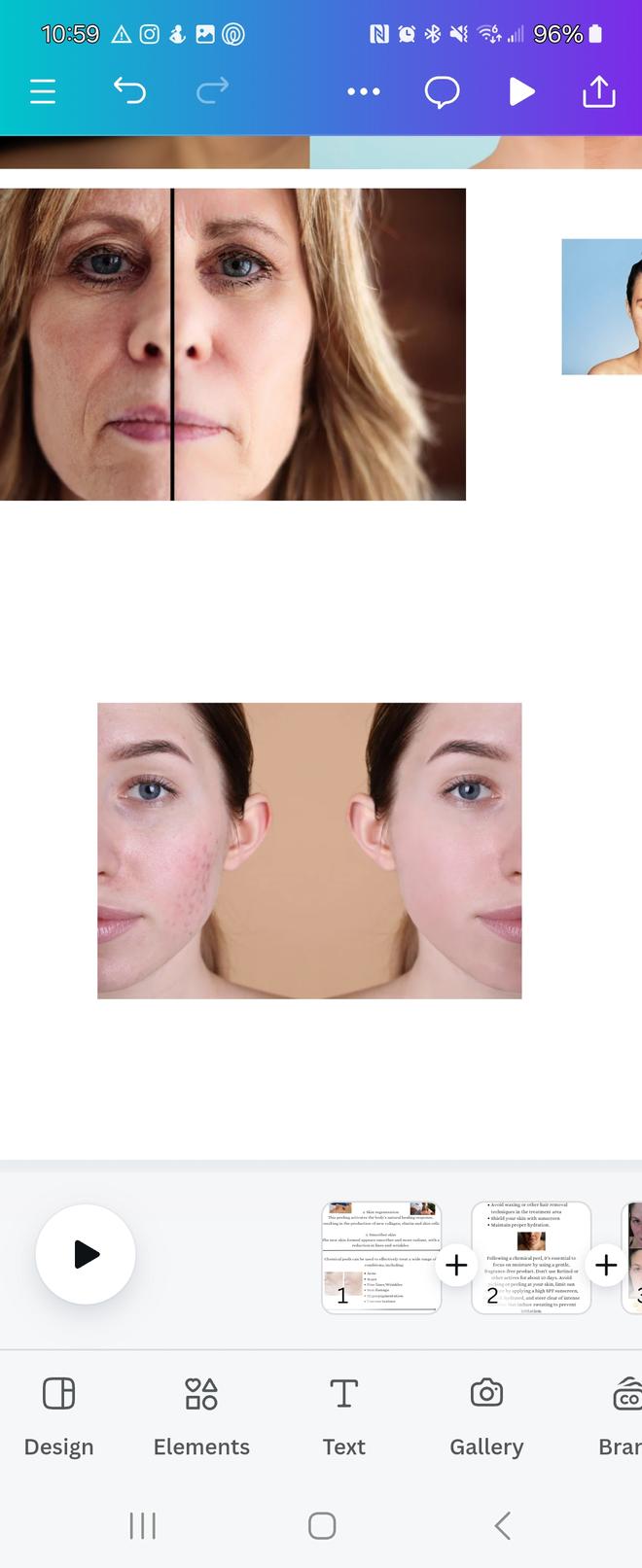
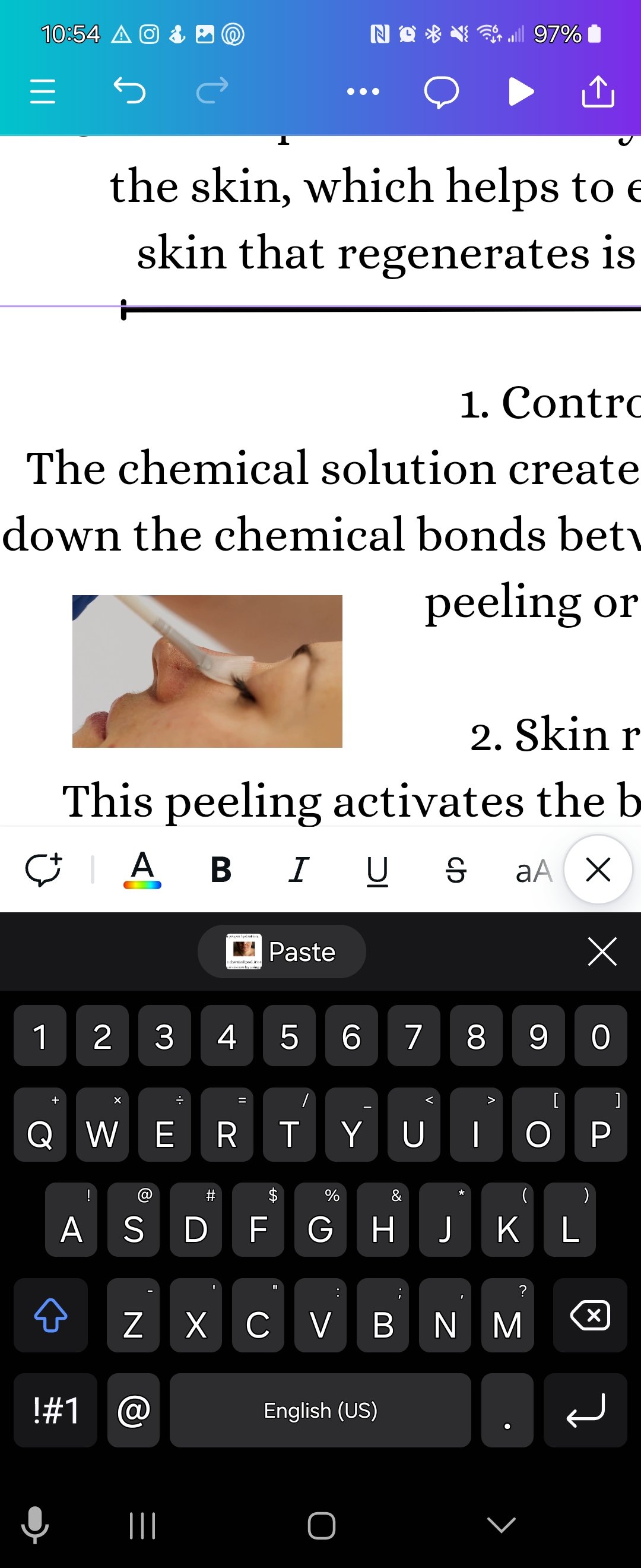

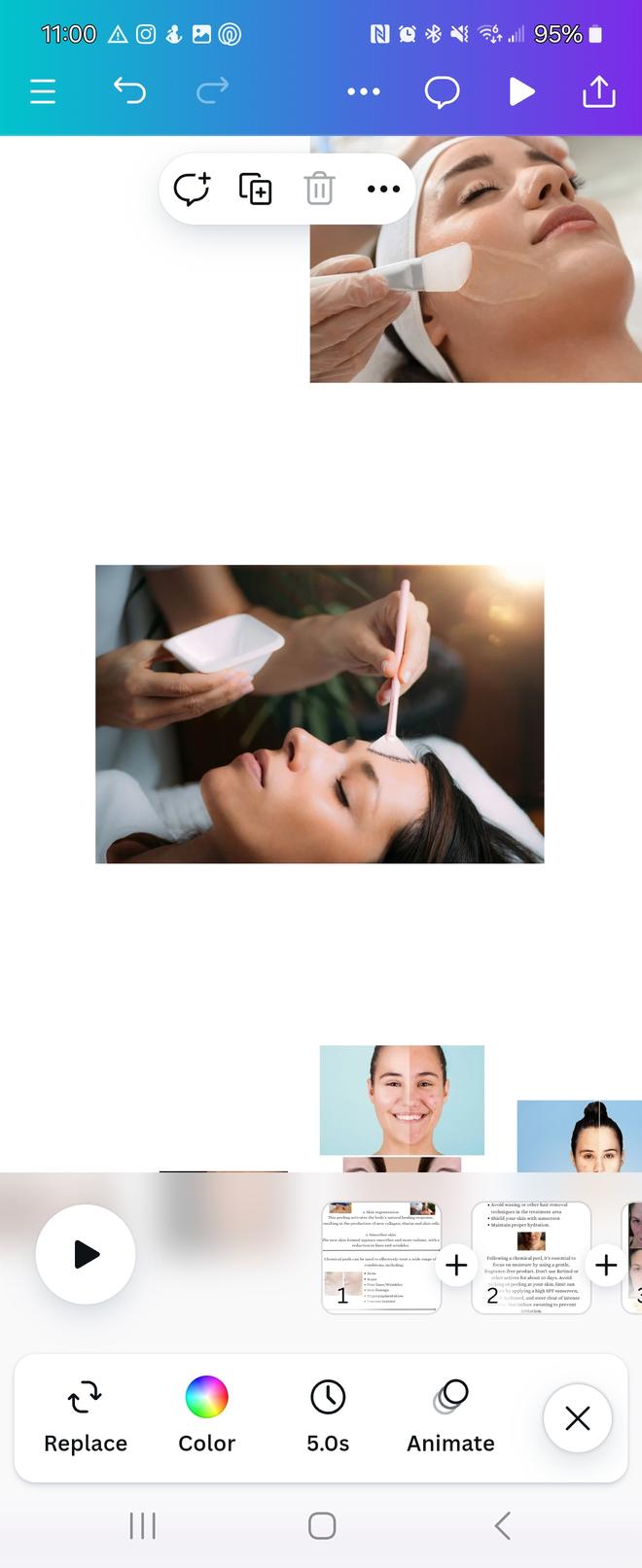
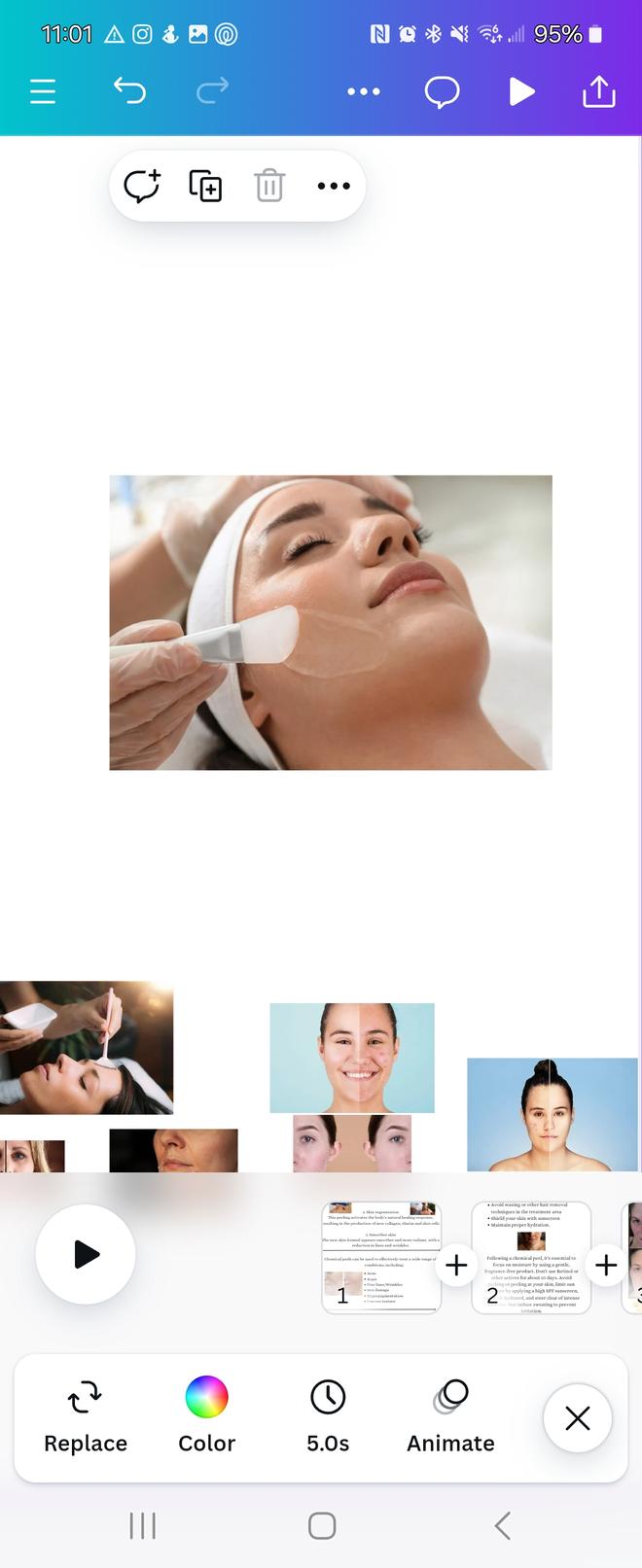

Chemical peels kill acne-causing bacteria stopping active acne breakouts on the spot and they provide deep exfoliation helping unclog pores and with oil control.
Softening of fine lines and shallow creases, reduces crow’s feet, forehead furrows, and other expression lines. You can also expect an improvement in skin laxity and less sagging appearance.
Peels can be a great way to target sun spots, melasma, age spots, liver spots, freckles and uneven skin coloring as they can be very difficult to eliminate.
Through the peel's powerful exfoliation, it stimulates the body's natural healing response, producing more collagen which helps to smooth, plump and fill in texture. Making pores look smaller and less noticeable. Helps with rough skin, scaly patches, and a dull complexion.
Scars develop during the healing process when the skin acts fast and sends cells to form new collagen fibers or attack infections. As a result, this can create hypertrophic scars or atrophic scars. Hypertrophic scars are bumpy, raised tissues on the surface of the skin that occur after the body produces too much collagen when healing. Atrophic scars are depressed scars that develop when there’s a loss of tissue. Ice pick or boxcar scars fall in this category.
Not just for your face you can have a peel on your hands, feet, neck and just about anywhere else on the body.
1. Glycolic acid
2 Salicylic acid
3. Trichloroacetic acid (TCA)
4. Lactic acid
5. Modified Jessner's solution
6. Phenol